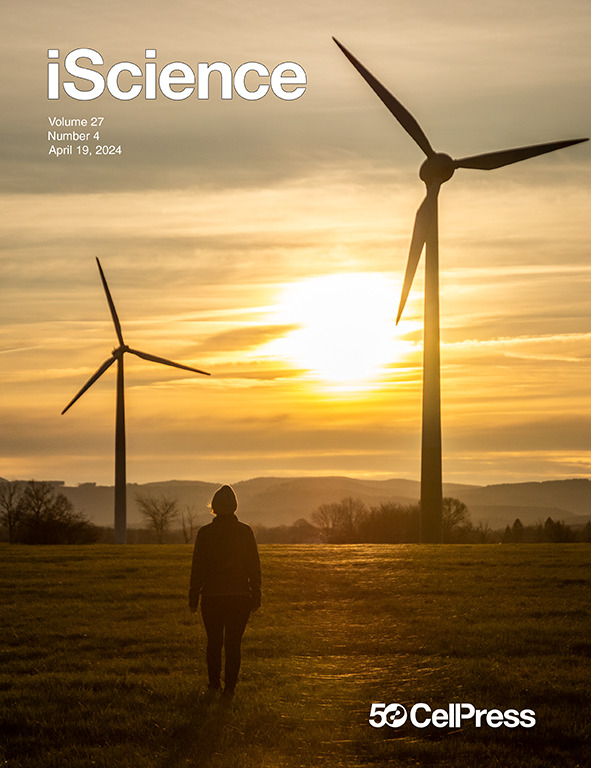Simulating CD8 T cell exhaustion: A comprehensive approach
IF 4.6
2区 综合性期刊
Q1 MULTIDISCIPLINARY SCIENCES
引用次数: 0
Abstract
Immunotherapy has transformed cancer treatment but benefits only some patients, and predictive biomarkers are lacking. One correlate of response is the reinvigoration of a subset of CD8 T cells that have an exhausted phenotype and impaired functionality. To develop effective therapies, reproducible models are required to identify candidate target genes that enable reversal of T cell exhaustion. Here, we describe an in vitro model by chronically stimulating T cells with their cognate antigen, followed by temporal phenotypic characterization. This model recapitulates many critical hallmarks of exhaustion, including expression of canonical surface markers, impaired proliferation, reduced cytokine production, decreased cytotoxic granule release, and metabolic alterations. Two in vivo models validate these results and establish a gene signature shared by in vitro and in vivo exhausted states. Critically, this signature is observed in tumor infiltrating T cells from multiple human tumor types, validating the translational potential of this model for discovering therapies.

模拟CD8 T细胞耗竭:一种综合方法
免疫疗法已经改变了癌症治疗,但只对部分患者有益,而且缺乏预测性的生物标志物。一个相关的反应是CD8 T细胞亚群的恢复,这些细胞具有耗尽的表型和受损的功能。为了开发有效的治疗方法,需要可重复的模型来识别能够逆转T细胞衰竭的候选靶基因。在这里,我们描述了一个体外模型,通过长期刺激T细胞与其同源抗原,随后的时间表型表征。该模型概括了疲劳的许多关键特征,包括典型表面标志物的表达、增殖受损、细胞因子产生减少、细胞毒性颗粒释放减少和代谢改变。两个体内模型验证了这些结果,并建立了体外和体内疲惫状态共享的基因特征。重要的是,这种特征在来自多种人类肿瘤类型的肿瘤浸润T细胞中观察到,验证了该模型在发现治疗方法方面的转化潜力。
本文章由计算机程序翻译,如有差异,请以英文原文为准。
求助全文
约1分钟内获得全文
求助全文
来源期刊

iScience
Multidisciplinary-Multidisciplinary
CiteScore
7.20
自引率
1.70%
发文量
1972
审稿时长
6 weeks
期刊介绍:
Science has many big remaining questions. To address them, we will need to work collaboratively and across disciplines. The goal of iScience is to help fuel that type of interdisciplinary thinking. iScience is a new open-access journal from Cell Press that provides a platform for original research in the life, physical, and earth sciences. The primary criterion for publication in iScience is a significant contribution to a relevant field combined with robust results and underlying methodology. The advances appearing in iScience include both fundamental and applied investigations across this interdisciplinary range of topic areas. To support transparency in scientific investigation, we are happy to consider replication studies and papers that describe negative results.
We know you want your work to be published quickly and to be widely visible within your community and beyond. With the strong international reputation of Cell Press behind it, publication in iScience will help your work garner the attention and recognition it merits. Like all Cell Press journals, iScience prioritizes rapid publication. Our editorial team pays special attention to high-quality author service and to efficient, clear-cut decisions based on the information available within the manuscript. iScience taps into the expertise across Cell Press journals and selected partners to inform our editorial decisions and help publish your science in a timely and seamless way.
 求助内容:
求助内容: 应助结果提醒方式:
应助结果提醒方式:


